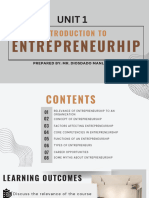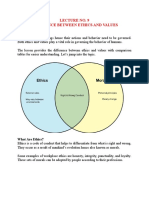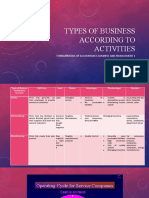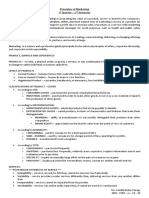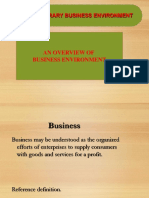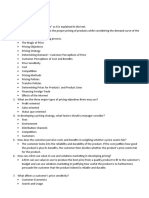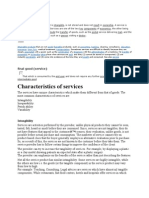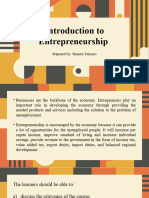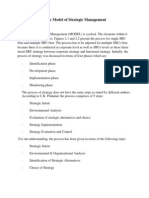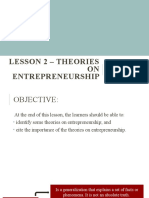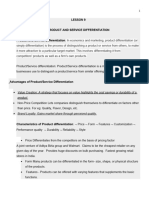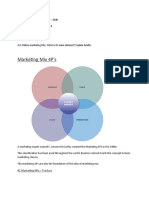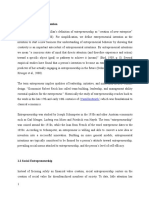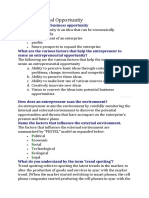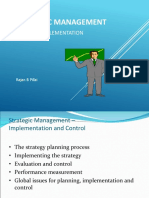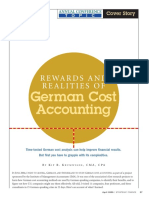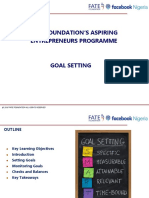0% found this document useful (0 votes)
363 views8 pagesRelevance of Entrepreneurship
The document discusses the benefits of entrepreneurship including economic growth, improved standards of living, and job creation. Entrepreneurship helps accelerate economic development by creating new products and services that stimulate employment. Common competencies for entrepreneurship include creativity, communication skills, business vision, and the ability to recognize opportunities. There are many career opportunities that value skills developed through studying entrepreneurship, such as management analysis, sales, research and development, and social entrepreneurship. Analyzing market needs is important for understanding what consumers want and providing goods and services to improve lives.
Uploaded by
Carlo AplacadorCopyright
© © All Rights Reserved
We take content rights seriously. If you suspect this is your content, claim it here.
Available Formats
Download as DOCX, PDF, TXT or read online on Scribd
0% found this document useful (0 votes)
363 views8 pagesRelevance of Entrepreneurship
The document discusses the benefits of entrepreneurship including economic growth, improved standards of living, and job creation. Entrepreneurship helps accelerate economic development by creating new products and services that stimulate employment. Common competencies for entrepreneurship include creativity, communication skills, business vision, and the ability to recognize opportunities. There are many career opportunities that value skills developed through studying entrepreneurship, such as management analysis, sales, research and development, and social entrepreneurship. Analyzing market needs is important for understanding what consumers want and providing goods and services to improve lives.
Uploaded by
Carlo AplacadorCopyright
© © All Rights Reserved
We take content rights seriously. If you suspect this is your content, claim it here.
Available Formats
Download as DOCX, PDF, TXT or read online on Scribd
/ 8
